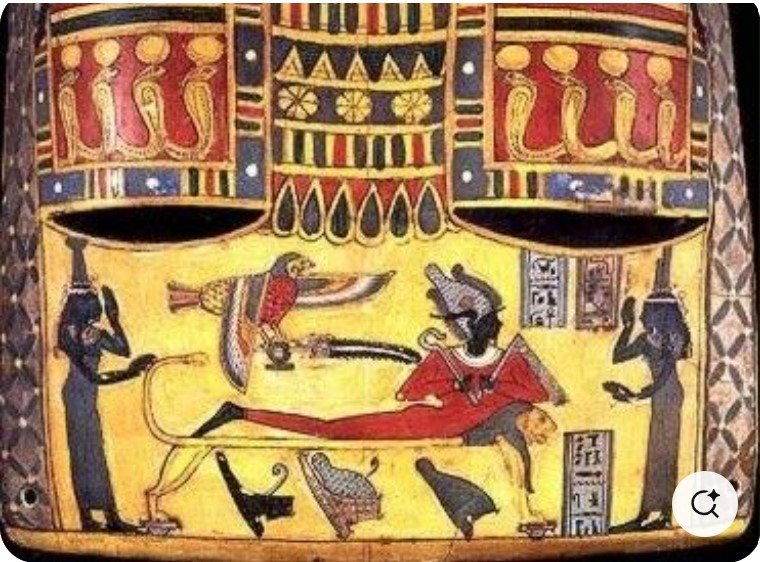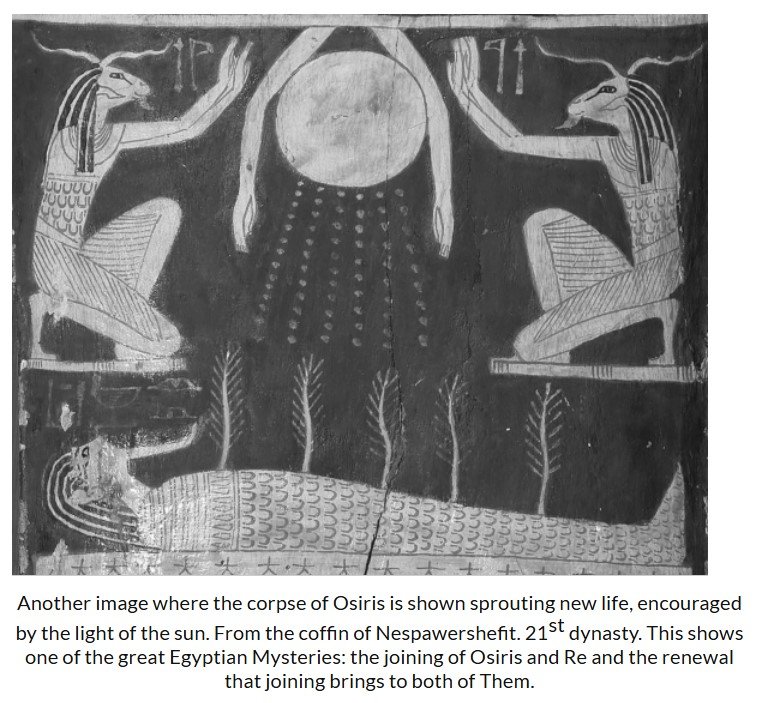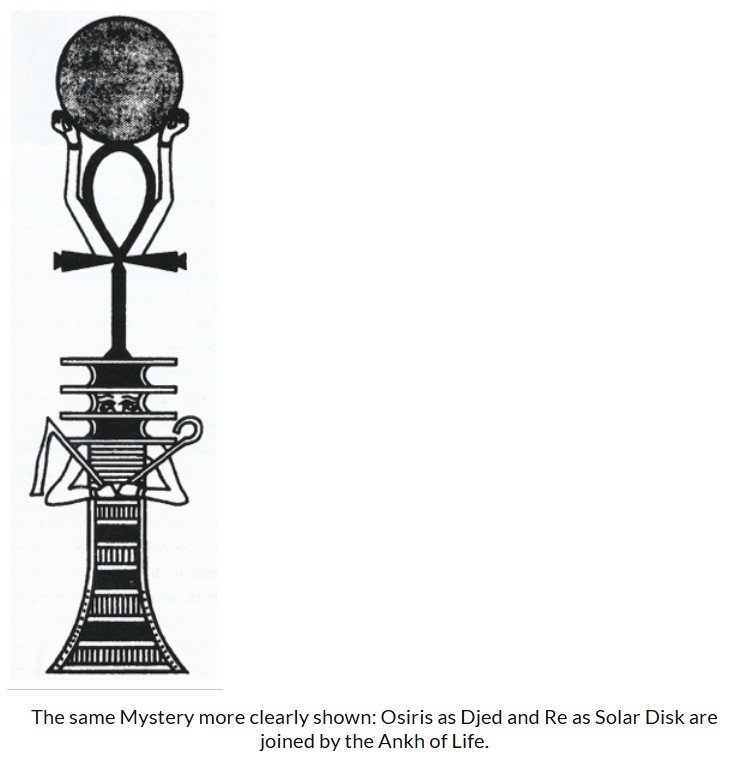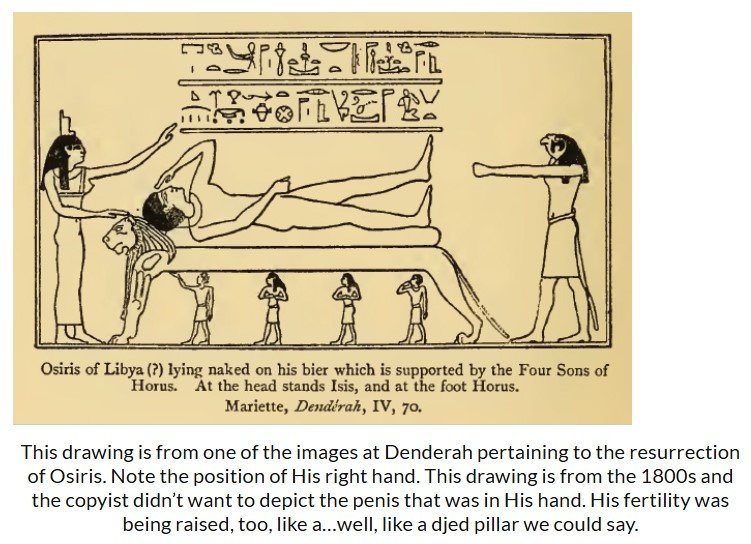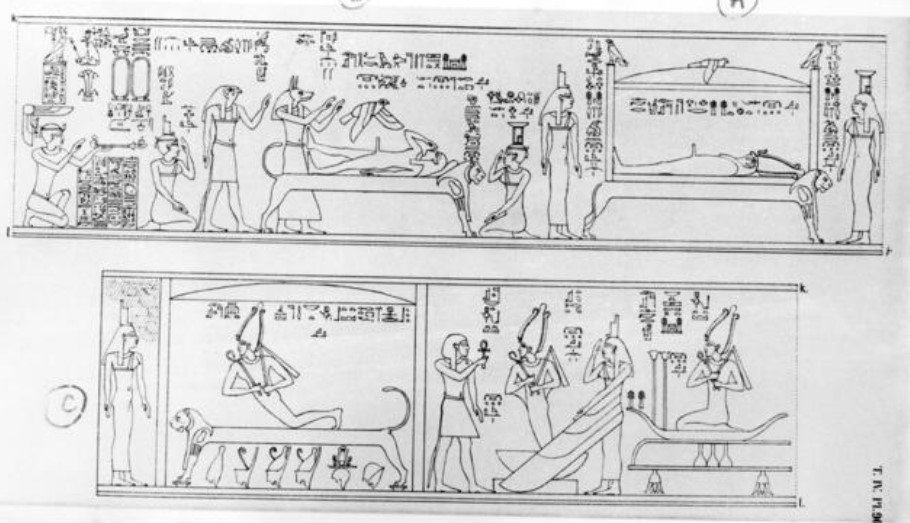AFRICAN DIASPORA REPATRIATION & CITIZENSHIP DATA
Selected data on repatriation and citizenship:
1791 Sierra Leone: Approximately 1,200 enslaved Africans, among the thousands who were emancipated and evacuated by the British after the Revolutionary War, repatriated to Sierra Leone in 1791.
1815 Sierra Leone: Paul Cuffee transported 38 ex-slaves to Sierra Leone in 1815
1820 Sierra Leone: 91 repatriates
1838 Liberia: 20,000 repatriates
1841: United States v The Libelants and Claimants of the Schooner Amistad establishes Afro Descendants “Right to Return” in international law.
1847 Liberia: Over the course of the 19th century, roughly 16,000 Black Americans immigrated from the United States to Liberia with the support of the American Colonization Society, joining thousands of resettled Africans rescued and freed from the slave trade by the U.S. Navy.
1908 Ethiopia: 1 repatriate
1919 Ethiopia: first repatriation offer to the black people of the west given to the UNIA
1930 Ethiopia: 100 repatriates
1931 Ethiopia: Immediate citizenship provided by Constitution Section 12(2)
1942 Ethiopia: EWF request for land grant
1954 Ethiopia: Repatriation recruitment in the US
1959 Ethiopia: Public confirmation of Shashamane Land Grant
1970 Ethiopia: relatively small number of repatriates without citizenship
1974 Tanzania: WORKING PAPER ON DESIRABLE RESULTS OF THE 6TH PAN AFRICAN CONGRESS, TANZANIA 1974 “recognizes the principle of dual citizenship for Africans from the west. . . . and that special effort be made to facilitate their acquiring of African citizenship”. The Pan African Skills Project initiated in the 1970’s by Mwalimu Julius Nyerere, specifically recruited Africans from the Diaspora to “come to live and participate in nation building in Tanzania.” A number of members of the Black Panther movement moved to Tanzania, and lived outside Arusha where they formed a community calling themselves “Afros”
1993 Ghana: Ghanaian President Jerry John Rawlings, in a speech to the OAU in Cairo, called for African leaders to "Make a place for Africans in the Diaspora'' and also said, "We should and must find a way to include all the sons and daughters of Africa in building and moving our societies forward. In this respect, I would propose that the OAU should consider granting observer status to representative groups of Black Africans in the Diaspora."
1990s (late) Ethiopia: 2,000 repatriates, no citizenship
1998: At the United Nations in Geneva, Switzerland, Ras Bongo Spear and Ras Boanerges asked: “What is the responsibility of the nations to Africans in the diaspora with respect to the age-old quest for Repatriation?” Said the Rasses, “Our advice from that committee and from the UN Office of Human Rights . . .. was simple. The United Nations as an organization of states cannot at this time in any serious way entertain the issue of repatriation without the consent of the African states and the African Governments to which we want to go in Africa. So we were directed to seek the support of African governments with respect to the acquisition of land. And after that, the matter can be brought up again to the United Nations and the issue of [settlement] can take place.”
2000 Ghana: the country passed a law on the ‘Right of Abode’, which allows a person of African descent to apply and be granted the right to stay in Ghana indefinitely
2000 Tanzania: The 6Region African Diaspora Alliance in Tanzania estimates that there were about 500 repatiates at this time, none of whom had citizenship since there is a long residency requirement.
2001: World Conference against Racism, Racial Discrimination, Xenophobia and Related Intolerance - Durban Declaration, “158. . . . The Conference recognizes the need to develop programmes for the social and economic development of these societies and the Diaspora, within the framework of a new partnership based on the spirit of solidarity and mutual respect, in the following areas: Facilitation of welcomed return and resettlement of the descendants of enslaved Africans;”
2003: On February 3-4, 2003, the first Extra-Ordinary Summit of the Assembly of the African Union meeting in Addis Ababa, Ethiopia, adopted the historic Article 3(q) that officially, “invite(s) and encourage(s) the full participation of Africans in the Diaspora in the building of the African Union in its capacity as an important part of our Continent.” From this decision, the African Diaspora would become designated as the 6th Region of the African Union.
2004: Report of the First Conference of Intellectuals of Africa and The Diaspora in Dakar, Senegal: c. Promotion of an African Citizenship Initiative - In recognition of the importance of identity as a mobilizing factor for development, the African Union should develop a framework for a wider African Citizenship Initiative. Modalities for Implementation 91. The African Union Commission should: - Develop, in consultation with the Diaspora, proposals for a Bill of Citizenship that establishes rights, entitlements, and duties of African Citizens on the continent and in the Diaspora, including the responsibility of Member States and the African Union, and submit this to the Executive Council and Summit for consideration and approval.
2012: Declaration of the Global African Diaspora Summit in South Africa - “We adopt the following implementation and follow-up mechanism/strategy: 8. Agree to set up a Diaspora Advisory Board, which will address overarching issues of concern to Africa and its Diaspora such as reparations, right to return and follow up to WCAR Plan of Action, amongst others;”
2014 Ghana: estimates are that more than 3,000 African-Americans and people of Caribbean descent live in Ghana. Rita Marley was the first person from the diaspora to receive dual citizenship status in Ghana.
2016 Ghana: 34 citizens granted
2017 Ethiopia: Ethiopian government finally recognized Rastafarians as nationals by issuing them with identity cards
2019 Ghana: 126 citizenships granted. Over 300 blacks across the world secure Ghanaian Citizenship from 2016 to 2019.
2021 Sierra Leone: On January 5, 2021, Sierra Leone granted citizenship to 22 African Americans. On April 29, 2021, Sierra Leone conferred citizenship on 59 African Americans who traced their origin to Sierra Leone through DNA testing from the company African Ancestry.
2021 Guinea Bissau: On June 10, 2021, Guinea Bissau granted its first citizenship as part of its Decade of Return initiative.
2022 Namibia: On November 29, the Namibian government announced its proposed Diaspora Citizenship policy. It is not known whether it has been completed, implemented and utilized
2023 Sierra Leone: In early May of 2023, Sierra Leone’s Minister of Tourism and Cultural Affairs, Dr. Memunatu Pratt granted citizenship to 50 African Americans. It is estimated that around 400 people have repatriated and 250 have received citizenship.
2024 Benin: On September, 2024, Benin’s President, Patrice Talon, passed a law that gives citizenship to those who can trace their lineage to the slave trade,
2024 Ghana: On Tuesday, November 19, 2024, 524 members of the African diaspora were officially granted Ghanaian citizenship, bringing the total to more than 825
2025 Ghana: On January 6, the ougoing President grants another 125 citizenships, bringing the total to 950
2025 Guinea Bissau: On January 16, 2025 it granted 9 citizenships and another twenty are expected to be granted very soon.
2025 Burkina Faso: On January 18,2025 the African Diaspora Development Institute (ADDI) announced that President Traore put an executive order in place - Tier 1. any persons from descendants from those prisoners of war who can prove their Burkina DNA can become citizens. Tier 2. If you are an ADDI member and descendant of prisoners of war trafficked to the west you are eligible to get citizenship. No red tape. The executive order seems to follow the Petition to the President of the Transitional Government of the Republic of Burkina Faso to Launch a Decade of Return Initiative and Provide Citizenship to the Descendants of the People of Burkinabe Origin and Afrodescendants Who were taken from their Ancestral Homeland and Enslaved in the Americas that Siphiwe Baleka submitted to ADDI through H.E. Arikana Chihombori Quao following a diaspora mission to Burkina Faso that they both attended in May 2024. Similar petitions were also submitted in Cameroon and the Ivory Coast.
Background
LIBERIA
(excerpt from https://history.state.gov/milestones/1830-1860/liberia)
In 1818 the Society sent two representatives to West Africa to find a suitable location for the colony, but they were unable to persuade local tribal leaders to sell any territory. In 1820, 88 free black settlers and 3 society members sailed for Sierra Leone. Before departing they had signed a constitution requiring that an agent of the Society administer the settlement under U.S. laws. They found shelter on Scherbo Island off the west coast of Africa, but many died from malaria. In 1821, a U.S. Navy vessel resumed the search for a place of permanent settlement in what is now Liberia. Once again the local leaders resisted American attempts to purchase land. This time, the Navy officer in charge, Lieutenant Robert Stockton, coerced a local ruler to sell a strip of land to the Society. The Scherbo Island group moved to this new location and other blacks from the United States joined them. The local tribes continually attacked the new colony and in 1824, the settlers built fortifications for protection. In that same year, the settlement was named Liberia and its capital Monrovia, in honor of President James Monroe who had procured more U.S. Government money for the project.
Other colonization societies sponsored by individual states purchased land and sent settlers to areas nearMonrovia. Africans removed from slave ships by the U.S. Navy after the abolition of the trans-Atlantic slave trade were also put ashore in Liberia. In 1838 most of these settlements, with up to 20,000 people, combined into one organization. The settlers attempted to retain the culture they had brought from the United States and for the most part did not integrate with the native societies. Today, about 5 percent of the population of Liberia is descended from these settlers.
The U.S. Government had provided Liberia some financial support, but Washington expected Monrovia to move toward self-sufficiency. Commerce was the first economic sector to grow in the colony. However, French and British traders continually encroached upon Liberian territory. As it was not a sovereign state, it was hard-pressed to defend its economic interests. The U.S. Government lent some diplomatic support, but Britain and France had territories in West Africa and were better poised to act. As a result, in 1847, Liberia declared independence from the American Colonization Society in order to establish a sovereign state and create its own laws governing commerce.
ETHIOPIA
Daniel Robert Alexander from Chicago, IL became the first African Diaspora repatriate to Ethiopia on record in 1908. In 1919, Regent Plenipotentiary Ras Tafari sent four ambassadors by way of the ocean to the United States. The Royal Ethiopian Mission included Dedjamatch Nadao, Empress Zauditu’s nephew and Commander of the Imperial Army, Ato Belanghetta Herouy Wolde Sellasie, Mayor of Addis Ababa, Ato Kantiba Gabrou, Mayor of Gondar, and Ato Sinkas, Secretary of the Commander of the Imperial Army. Their purpose was to renew a Treaty of Friendship with the United States signed by Emperor Menelik in 1904. Before the Ethiopian Mission ended, an invitation to return (“Repatriate”) to Ethiopia was made to Rabbi Arnold Ford. That the offer of repatriation was given to him was extremely significant because Rabbi Ford was leader of the Hebrew Israelites (“Black Jews”) of Harlem. In this capacity, he would be able to resettle the existing remnant of Israel that was captured in the slave trade. In addition, Rabbi Ford was the musical director of Marcus Garvey’s Universal Negro Improvement Association (UNIA). Given that the UNIA was the largest, greatest organization of the scattered Ethiopians/Africans, it makes perfect sense to make the offer to the UNIA. In 1928, Ato Gabrou Desta, then in the United States on a special mission to obtain economic and educational advisers, discussed Repatriation directly with Rabbi Arnold Ford whom the Abyssinian Mission of 1919 had made the first Repatriation offer. Ato Gabrou then issued the fourth invitation to Repatriate to Ethiopia in a message from Ras Tafari which stated
“We would welcome them back to Ethiopia, their Fatherland . . . . There is plenty of room for them here and we are certain they would be of the greatest aid in restoring their ancient land to its pristine glory.”
Three months after this meeting, Ford’s congregation sent him to Ethiopia accompanied by Miss Eudora Paris, a singer of note among Harlem nationalists. Ford and Paris reached Addis Ababa in 1930, joining the elderly Daniel Alexander. By the time of the coronation of Ethiopian Emperor Haile Selassie in 1930, there were about 100 members of the African Diaspora resident in Ethiopia. 𝐄𝐭𝐡𝐢𝐨𝐩𝐢𝐚𝐧 𝐄𝐦𝐩𝐞𝐫𝐨𝐫 𝐇𝐚𝐢𝐥𝐞 𝐒𝐞𝐥𝐚𝐬𝐬𝐢𝐞 𝐬𝐚𝐰 𝐭𝐡𝐞 𝐧𝐞𝐞𝐝 𝐭𝐨 𝐫𝐞𝐜𝐨𝐠𝐧𝐢𝐳𝐞 𝐭𝐡𝐞 𝐢𝐧𝐜𝐨𝐦𝐢𝐧𝐠 𝐑𝐞𝐩𝐚𝐭𝐫𝐢𝐚𝐭𝐞𝐬 𝐚𝐬 𝐂𝐢𝐭𝐢𝐳𝐞𝐧𝐬 𝐨𝐟 𝐄𝐭𝐡𝐢𝐨𝐩𝐢𝐚. 𝐓𝐡𝐮𝐬, 𝐰𝐡𝐞𝐧 𝐇𝐢𝐬 𝐌𝐚𝐣𝐞𝐬𝐭𝐲 𝐢𝐬𝐬𝐮𝐞𝐝 𝐭𝐡𝐞 𝐂𝐨𝐧𝐬𝐨𝐥𝐢𝐝𝐚𝐭𝐞𝐝 𝐋𝐚𝐰𝐬 𝐨𝐟 𝐄𝐭𝐡𝐢𝐨𝐩𝐢𝐚 𝐭𝐡𝐚𝐭 𝐛𝐞𝐜𝐨𝐦𝐞 𝐩𝐚𝐫𝐭 𝐨𝐟 𝐭𝐡𝐞 𝟏𝟗𝟑𝟏 𝐂𝐨𝐧𝐬𝐭𝐢𝐭𝐮𝐭𝐢𝐨𝐧, 𝐮𝐧𝐝𝐞𝐫 𝐒𝐞𝐜𝐭𝐢𝐨𝐧 𝟗 𝐍𝐀𝐓𝐈𝐎𝐍𝐀𝐋𝐈𝐓𝐘 𝟏𝟐(𝟐) 𝐇𝐚𝐢𝐥𝐞 𝐒𝐞𝐥𝐚𝐬𝐬𝐢𝐞 𝐩𝐫𝐨𝐯𝐢𝐝𝐞𝐝 𝐟𝐨𝐫 𝐂𝐢𝐭𝐢𝐳𝐞𝐧𝐬𝐡𝐢𝐩 𝐟𝐨𝐫 𝐁𝐥𝐚𝐜𝐤 𝐩𝐞𝐨𝐩𝐥𝐞 𝐨𝐟 𝐭𝐡𝐞 𝐖𝐞𝐬𝐭: (note this statement is my inference made after concluding my study of the Ethiopian laws at the Institute of Ethiopian Studies (IES) in Addis Ababa, where I was given special access to archives by the IES Director at the time, Ato Demeke Berhane)
“12(2) If the Imperial Ethiopian Government deems any foreigner who applies for Ethiopian citizenship to be of value or if it finds other special reason which convinces it that the applicant should be granted citizenship it may grant him/her Ethiopian citizenship even if he/she does not fulfill the [residency and language] requirements prescribed in Article 12(b) and (d) of the Nationality Law of 1930.”
The Italian invasion halted this repatriation movement. In 1942, George Bryan, Executive Secretary of the Ethiopian World Federation, Incorporated , wrote to His Imperial Majesty, Ethiopian Emperor Haile Selassie I:
". . . . 3. 𝐏𝐥𝐞𝐚𝐝 𝐟𝐨𝐫 𝐜𝐨𝐧𝐜𝐞𝐬𝐬𝐢𝐨𝐧𝐬 𝐨𝐟 𝐥𝐚𝐧𝐝 𝐟𝐨𝐫 𝐬𝐞𝐭𝐭𝐥𝐞𝐦𝐞𝐧𝐭 𝐨𝐟 𝐚 𝐥𝐚𝐫𝐠𝐞 𝐧𝐮𝐦𝐛𝐞𝐫 𝐨𝐟 𝐭𝐡𝐞 𝐦𝐞𝐦𝐛𝐞𝐫𝐬 𝐨𝐟 𝐭𝐡𝐞 𝐅𝐞𝐝𝐞𝐫𝐚𝐭𝐢𝐨𝐧 desiring to travel to Ethiopia for permanent settlement. 4. Plead for the easing of Visa restrictions to facilitate the voluntary entry of such members wishing from time to time to travel to Ethiopia to settle, visit and otherwise pursue ways for strengthening their relations with the Motherland.”
In 1954, Ethiopian Emperor Haile Selassie I came to America just days after the Brown vs. Board of Education decision heralded the end of the Jim Crow era. For 18 months before and for six weeks during HIM’s visit to the United States, HIM Haile Selassie began a Repatriation recruitment program for Black people in New York, Pennsylvania, Washington, Virginia, North Carolina, Florida, Georgia, Alabama, Tennessee, Kentucky, Ohio, and Illinois and promised free transportation, a house rent-free, competitive salaries, and paid three-months vacations with round-trip tickets to America and back to Ethiopia. Black Americans interested in the Repatriation offer were instructed to fill out an application (Repatriation Census) available from the Ethiopian Embassy.
The Emperor's Initial response to the EWF did not mention any land grant. However, on June 3, 1959, T.E. Sealy, Editor of the Jamaica Daily Gleaner wrote to the Ethiopian government to verify the land grant. The Imperial Ethiopian Government Ministry of Foreign Affairs Addis Ababa, Sept. 9, 1959 responded by saying,
"In response to your enquiry and specifically as to whether or not lands have been made available by the Imperial Ethiopian Government for the "Ethiopian World Federation Inc.", we can confirm the substance of your letter thus:- As a token of his appreciation for the services the "Ethiopian World Federation" rendered to the Ethiopian cause during the Fascist Invasion of our country, His Imperial Majesty Haile Selassie 1st, has been pleased to grant for the use of the "Ethiopian World Federation" lands not very far from the capital city of Addis Ababa."
We can now construct HIM Haile Selassie’s Vision for Repatriation and Citizenship:
Repatriation of the Black People of the West was specifically for the purpose of “developing Ethiopia” and “restoring their ancient land to its pristine glory.” (1930).
Repatriates were returning to their “homeland” and their “fatherland”. (1922 & 1930).
Initial expectations were for “thousands of Black people in the USA and the West Indies”. (1927). After "the right people” (1961) were sent, HIM Haile Selassi assured that “Ethiopia was large enough to hold all the people of African descent living outside Africa” (1961) and “There is plenty of room for them here.” (1930).
Repatriation of “the right” people meant “teachers, artisans, mechanics, writers, musicians, professional men and women - all who are able to lend a hand in the constructive work which our country so deeply feels and greatly needs.” (1922).
“Skilled persons should be the first to go,” (1948) and they “must be in groups and have the cooperative spirit of all for one, one for all . . . operating in this manner there can be no failure.” (1948)
Repatriates were to be provided immediate citizenship. Under Section 9 NATIONALITY 12(2) of the 1931 Constitution and the 1955 revised Constitution, as well as “A house, rent-free, a salary at least equaling that which applicants are now earning or could earn in America, free transportation to Ethiopia for applicants and their families, annual three-months vacations with pay, and, in some instances, automobiles provided by the government.” (1954).
Interested persons were instructed to contact the Ethiopian Embassy and apply. (1954)
Regarding the Shashamane Land Grant, it was geo-strategically “paramount” (1967) and the economic value of the land was “highly rewarding” (1967) in a land “blessed with what is perhaps the most fertile soil in Africa, well-watered, and with a wide variety of climates ranging from temperate on the plateau, to the tropical in the valleys” (1954) that can “grow throughout the year crops, normally raised only in widely separated areas of the earth’s surface.” (1954)
Repatriates were to work according to the Administration of the Ethiopian World Federation, Incorporated. (1948&1959).
After the successful development of the Shashamane Land Grant, “additional grants were to be given.” (1948&1955).
Of the Repatriates, HIM Haile Selassie I was “certain they would be of the greatest aid in restoring their ancient land to its pristine glory.”(1930)
Ethiopia, an emerging world power following World War II, looked forward to the kind of rapid development achieved by America, and this, in no small part, depended on the skilled labor provided by the Black People which built America, as well as Jamaica.
Initial expectations, however, were not met. On a visit to the Shashamane Land Grant on October 1, 1970 HIM Haile Selassie asked, “Where are my people?”. By the late 1990s following the Centenary celebration of the birth of HIM Haile Selassie, the number of repatriates to Ethiopia numbered only about 2,000.
On May 13, 2003, Ras Nathaniel (now known as Siphiwe Baleka) was mandated by the Repatriates on the Shashamane Land Grant to represent them to the Ethiopian Ministry of Immigration and the Ministry of Foreign Affairs where, among other things, he made the following recommendations:
Explain how your office intends to resolve the legal status of the majority of the Rastafari Family whose visas have expired and have neither work permits nor residence visas.
Recognize the Rastafari Family Worldwide as a special class of “foreign national of Ethiopian Origin” and draft similar legislation in accordance with the Ethiopian Government’s new Proclamation to Provide Foreign Nationals of Ethiopian Origin with Certain Rights to be Exercised in their Country of Origin.
Accept the spirit of Haile Selassie’s immigration policy as outlined in Section 9 12(2).
Make recommendations for the great number of incoming members of the black people of the West who desire to return in the next five years and live and work permanently in Ethiopia.
In 2017, the Ethiopian government adopted Ras Nathaniel’s immigration policy recommendations and finally recognized Rastafarians as nationals by issuing them with identity cards. The decision meant that they could enter the East African nation without visas and live without residence permits. According to a 2019 article by Maria Gerth-Niculescu,
“Internal squabbles, economic struggles and the difficulty of integrating with the local Ethiopian community have led many Rastafarians to leave town, either to find work in the capital Addis Ababa, or to move to another country. Only about 200 still live in Shashamane. . . . Recently, the Ethiopian government started the allocation of national residence cards to Rastafarians who have been living in the country for over 10 years. This was an important step, not only because it gave them the right to legally live in Ethiopia, but also because it stopped the payments "illegal residents" had to make in order to be able to travel outside Ethiopia. . . . The allocation of the residence permit, which gives Rastafarians the status of "Foreign National of Ethiopian Origin”, was celebrated as a major step towards the community's recognition and integration. They now have the right to work and can legally send their children to school. But it is not enough for some. "I consider myself to be an Ethiopian who returned home, and I have no desire to leave this country to live anywhere else," Ras Kawintesseb, who was born in Trinidad and Tobago, said. "It makes sense to me that I get to become an Ethiopian citizen. I'm not satisfied with being a foreign national, so I've applied for my Ethiopian citizenship," the Rastafarian who landed in Addis Ababa 23 years ago added.
GHANA
In 1992, African American activist, Sista Imakus and late husband Nana Ben, Nana Kwawdo Akpan 1 (1993) of Fihankra, Dr. Maulana Maulana (1990), and Debra Kofi (1994) presented to the Ghana government a petition to grant Ghanaian citizenship to African Americans who had lost their roots. From August 9-13, 1999, the first International Conference – African World Reparations & Repatriation Truth was held at Dubois Centre. In 2014, Rita Marley was the first person from the diaspora to receive dual citizenship status in Ghana. In December 2016, 20 years after the Right of Abode had first been announced, then president John Dramani Mahama (National Democratic Congress [NDC]) chaired a ceremony that granted Ghanaian citizenship to “thirty-four members of the African-Caribbean diaspora” who were “made to swear an oath of allegiance to the country to that effect” (Andoh 2016). In October 2018, Ghana’s current president Nana Addo Dankwa Akufo-Addo (National Patriotic Party [NPP]) renewed the promise of citizenship and the Right of Abode on the margins of the seventy-third United Nations General Assembly, when he launched the “Year of Return, Ghana 2019” to commemorate the four hundredth anniversary of the landing of the first slave ship in the Americas in 1619. Mirroring the gesture of his predecessor (and political opponent) Jerry John Rawlings (NDC) almost a quarter of a century earlier, he pledged to “open our arms even wider to welcome home our brothers and sisters in what will become a birthright journey home for the global African family,” so as “to ensure that our hard-won Pan African reputation is not lost” (Tairo 2019). On November 27, 2019,,Ghana conducted a ceremony and granted citizenship to 126 people from the Diaspora. Over 300 blacks across the world secure Ghanaian Citizenship from 2016 to 2019. On Tuesday, November 19, 2024, 524 members of the African diaspora were officially granted Ghanaian citizenship, bringing the total to more than 825.
SIERRA LEONE
Forty-five-year-old Mansa Foday Ajamu Mansaray and his wife Kenya Malinke, have been heavily involved in this since they made Sierra Leone their home in 2013. This includes lobbying for other diasporans to become citizens. While there are no official figures on how many have done this, Mansaray says at least 400 people have made the move so far.
On January 5, 2021, Sierra Leone granted citizenship to 22 African Americans. On April 29, 2021, Sierra Leone conferred citizenship on 59 African Americans who traced their origin to Sierra Leone through DNA testing from the company African Ancestry. In early May of 2023, Sierra Leone’s Minister of Tourism and Cultural Affairs, Dr. Memunatu Pratt last week granted Sierra Leonean citizenship to 50 African Americans claiming to have Sierra Leonean roots, in a ceremony held at the National Museum in Freetown. One source stated, “The country held its first citizenship conferment ceremony in April 2019 and since then has granted citizenship and issued Sierra Leonean passports to more than 250 African diasporans from the USA, Caribbean, and elsewhere. Ceremonies are held twice per year, usually in April and November or December.” On January 9, 2025, the launch of the new Heritage Naturalization was launched that grants citizenship within 60 days for individuals with African ancestry, providing a dna test for a total investment of $100,000.
GUINEA BISSAU
On June 10, 2021, Guinea Bissau granted Siphiwe Baleka citizenship, the first as part of the Decade of Return initiative. On January 16, 2025 it granted 9 citizenships and another twenty are expected to be granted very soon.
NAMIBIA
On November 29, 2022 - During a conversation between the Namibian Minister of International Relations and Cooperation, Netumbo Nandi-Ndaitwah, and former African Union representative to the United States, Arikana Chihombori-Quao, it was revealed that Africans in the diaspora will be offered Namibian citizenship and welcomed to Africa with open arms. Following the introduction of the Digital Nomad Visa to encourage skilled foreign workers to the country, this proposed new policy would continue Namibia’s push for economic growth and looks incredibly promising.
BENIN
In September, 2024, Benin’s President, Patrice Talon, passed a law in September 2024 that gives citizenship to those who can trace their lineage to the slave trade, part of an attempt by the country to reckon with their participation in the slave trade. The way the law works is that anyone over the age of 18 who does not already hold African citizenship and can provide proof that an ancestor was deported via the slave trade anywhere in Sub-Saharan Africa is eligible to become a citizen of Benin. Benin’s authorities will accept a variety of materials, including DNA tests, authenticated testimonies, and family records. Applications will be vetted, applicants will receive a provisional certificate of nationality, which is valid for three years, and in order to complete the process, they must stay in Benin at least once within the three years to become a citizen.
BURKINA FASO
On January 18,2025 the African Diaspora Development Institute (ADDI) announced that President Traore put an executive order in place - tTier 1. any persons from descendants from those prisoners of war who can prove their Burkina DNA can become citizens. Tier 2. If you are an ADDI member and descendant of prisoners of war trafficked to the west you are eligible to get citizenship. No red tape. The executive order seems to follow the Petition to the President of the Transitional Government of the Republic of Burkina Faso to Launch a Decade of Return Initiative and Provide Citizenship to the Descendants of the People of Burkinabe Origin and Afrodescendants Who were taken from their Ancestral Homeland and Enslaved in the Americas that Siphiwe Baleka submitted to ADDI through H.E. Arikana Chihombori Quao following a diaspora mission to Burkina Faso that they both attended in May 2024. Similar petitions were also submitted in Cameroon and the Ivory Coast.










